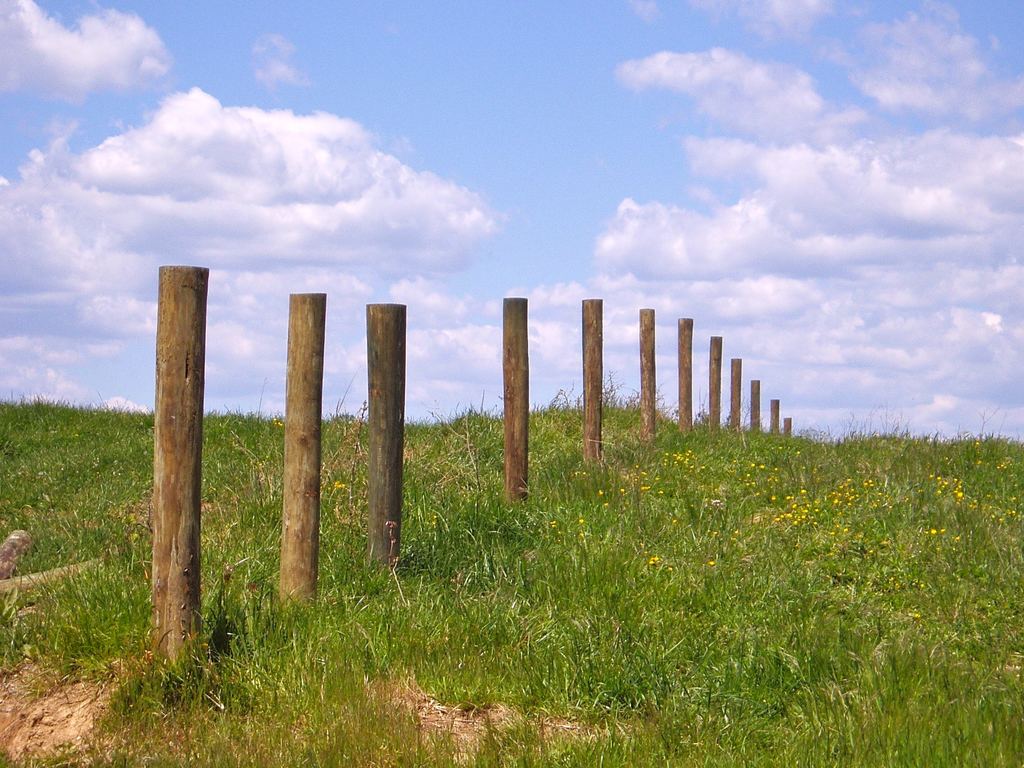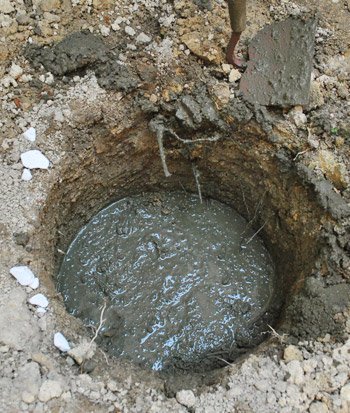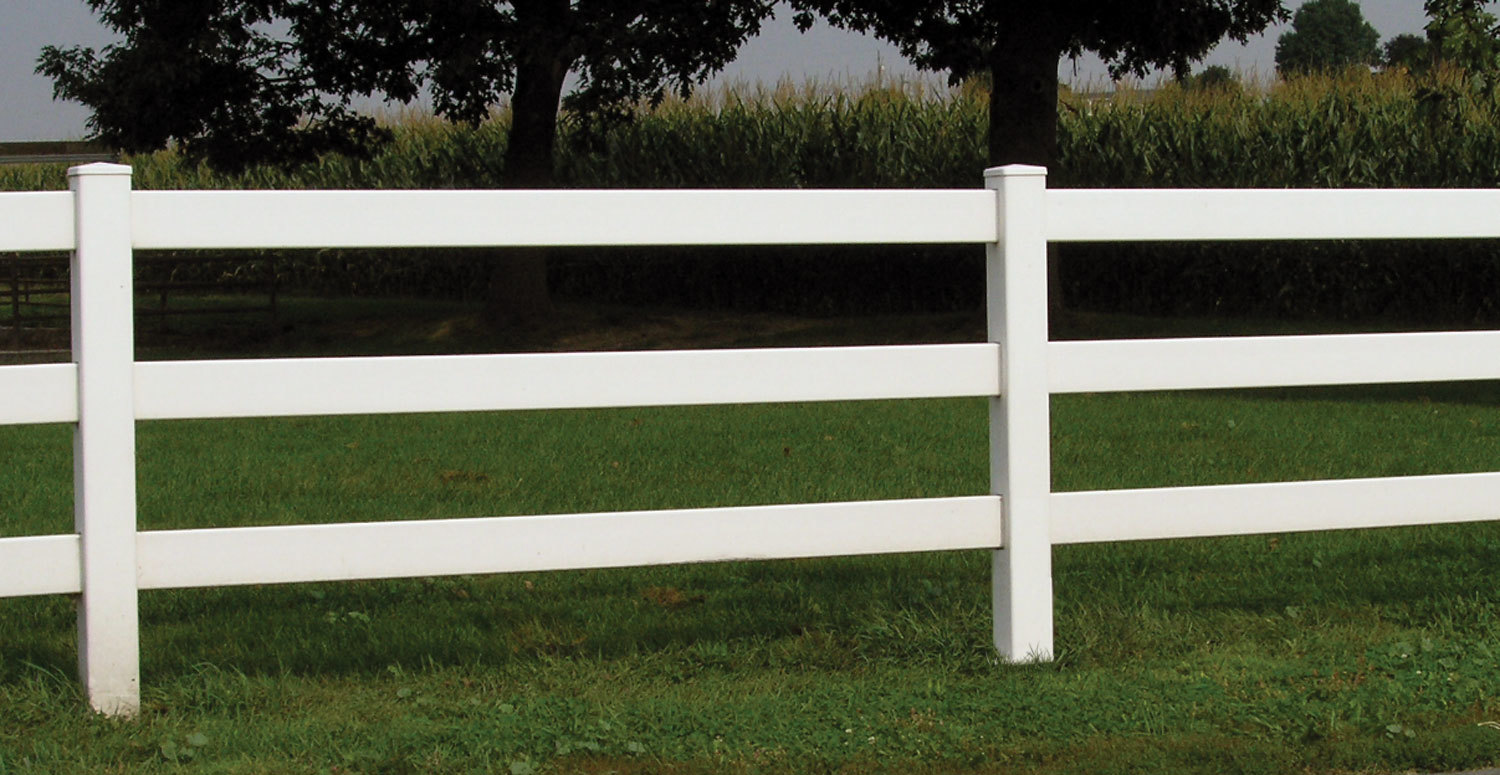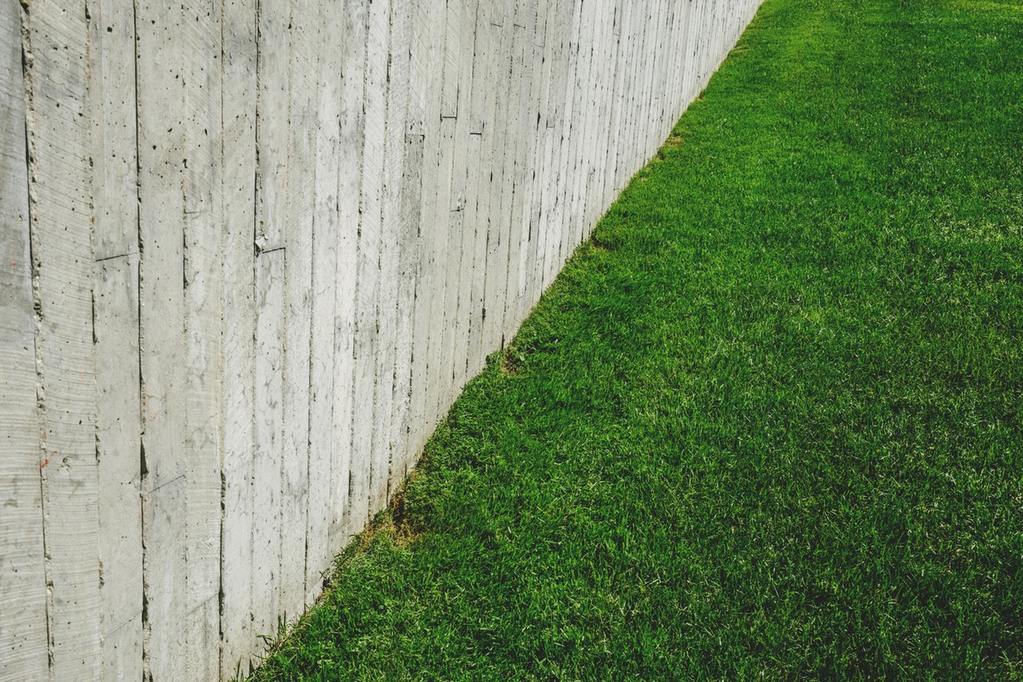Many of you may like the idea of a house in the suburbs with a white picket fence…all right maybe not a white picket fence, but something similar. Whatever kind you want to build, you need to know how to build a fence, step by step.
So without further ado, let us discuss the process.
How to Build a Fence
Tools Needed
The first and most obvious thing is to assemble your tools. There are variations to these tools, but here are the basics:
- A hammer – regular rubber mallet for putting in nails or placing post caps, if desired.
- A Mason’s Line for laying a straight outline
- Spray paint or bottled paint for making your fence lines visible
- A level: this is important if you want your fence panels and posts to be level, going straight up and down; not at an angle.
- A tape measure. You could use a yardstick, but tape measures are better for measuring long distances.
- A plumb bob for making sure your fence slats are vertical. You can also use a long level: whatever your choice.
- A post hole digger. Obviously, for digging the holes for the fence posts to go into.
- A drill with various drill bits. This is very handy for putting in wood screws. You could use regular nails, but wood screws are more efficient and easier to use, especially when you put them in with a drill
- A pencil. This may seem obvious, but it works well to mark off where you want to put your nails or draw a line.
- Safety Glasses. These do not necessarily need to be worn, but they keep your eyes safe from flying wood chips or splinters.
- Work Gloves. Again, these are optional but are strongly suggested to protect your hands from injuries, such as cuts or blisters.
- Fence Posts. These are the backbone of your fence. How many you will need will be determined by the perimeter of your fence.
- Fence panels. These are the part of the fence that actually provides privacy. These come in many colors, materials, and sizes. Determine which type you want before you start
- #8 2 inch deck screws. These are the recommended length. The could be longer if you have thicker fence posts or thicker fence slats.
- Concrete Mix. This is essentially what holds the fence posts in place.
- Gravel. This goes at the bottom of the post hole before you put in the concrete to ensure proper drainage.
- Spray paint or bottled paint. This is to emphasize your fence line, once you have plumbed it with chalk.
Once you have all your tools in place, then you begin the actual steps to build the fence. Before you start, however, make sure you check with the planning department in your city or with your neighborhood association.
If you want to see more woodworking wizardry — check out our FREE 50 woodworking plans eBook
Legal Stuff
It may be against local ordinances to have a fence or that restrict a fence to a certain size. Always better to be safe than sorry! It would be sad to have built a fence, only to have to tear it down.
Further, an important part of the process is to apply for a permit, which is required in most cities. When you apply for the permit, be sure to call 811, so that your local city utility companies will come to your location and determine if there are any underground cables, wires or pipes, and that you don’t accidentally cut or damage them.
Then, decide on the style of fence you want. There are chain-link fences, lattice fences, vinyl fences, and several different styles of fences within the wooden or vinyl fences. Once you do, it’s time to start the work!
Measure and Lay Out the Fence Posts
Select the fence type so you can determine how wide each panel will be. The panel or slat width will determine how far apart you need to place your posts.
Determine where you want the perimeter of your fence to be. Usually, a fence is put on the property line, so you may need to consult the builder of your development or your utility company.
If you are going to put in a gate, you will need to subtract the width of the gate from the total perimeter of the fence, to allow the gate to be put in.
Figure out the total number of fence panels you need, and add two to the total number to be sure to have enough.
Also, if you are going to have corners, be sure to square them. You can do this by using a right-angle ruler, or by using measuring string, tied to each post and carried throughout the perimeter of the fence. If you measure three feet on one string, four feet on another, then the distance between them should be five feet. 2
If you want to see more woodworking wizardry — check out our FREE 50 woodworking plans eBook
Dig Post Holes
You should dig a hole three times wider than the post, and half as deep, and below the frost line in colder climates.
You generally want your posts to be eight feet apart so that you should be able to divide the total perimeter by eight. If this does not come out to be an even number, then divide the length of the perimeter by a number that makes the distance between posts look even.
Add Gravel and Concrete
Pour four to six inches of gravel into your post holes.
Once the gravel is set firmly in place, add six to eight inches of concrete.
Put in the post, and plumb it with a level
Allow your concrete mixture to dry thoroughly. The amount of time to cure depends on the manufacturer’s guidelines.
Attach Rails or Panels to Posts
In most cases, you will want to add support boards between fence posts to nail or attach our fence rails or posts to.
Attach the panels or rails to the fence, using your #8 2 inch deck screws.
If you are using aluminum, chain link, or vinyl for your fence, it is suggested you use deck screws instead. Regardless, make sure your screws have bugle shaped heads, as these will not sink into the wood or other material over time.
Attaching Post Caps
This step is optional, as you may or may not want post caps. These can, however, enhance the look of your overall fence. Just make sure the post caps match the size of your posts.
Treating the Fence
It is generally a good idea to treat the fence with paint or stain. Make sure these contain linseed oil or silicone solids. If you want to apply a finishing coat, be sure to use an oil-based polyurethane paint or exterior enamel.
If you want to see more woodworking wizardry — check out our FREE 50 woodworking plans eBook







